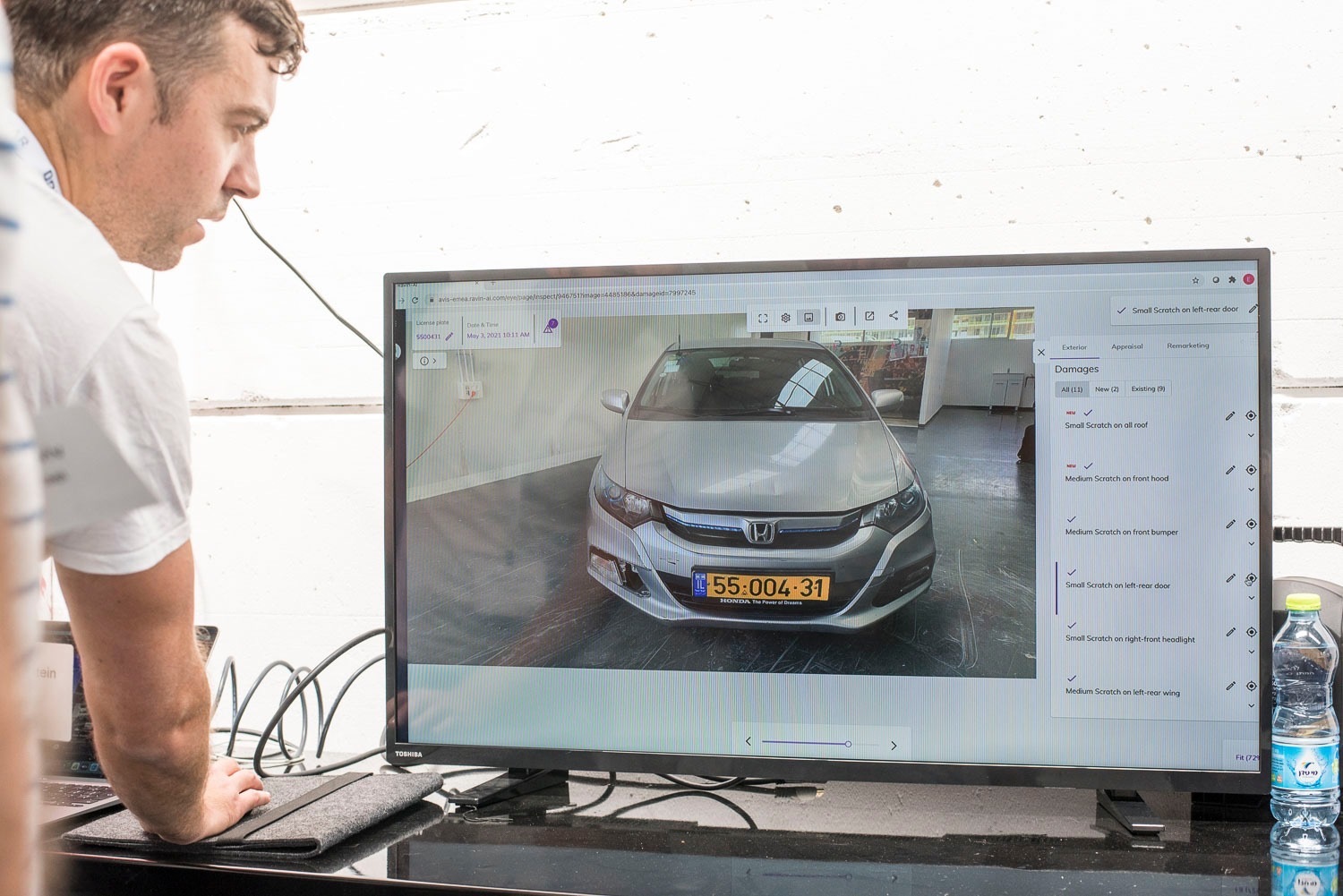
Auto insurers must move from AI photo estimating to full incident analysis
In recent years, the insurance and collision repair industries have witnessed a surge in the adoption of “photo estimating.” Policyholders or field staff can now upload images of vehicle damage, which are then analyzed by AI-powered tools to produce repair estimates. This approach has gained traction as artificial intelligence technologies have matured, prompting many of the long-established estimating platforms to introduce AI-enabled features, such as automated total loss determination. On the surface, these solutions promise efficiency and speed—but they risk oversimplifying a complex process.
A vehicle incident is not merely a matter of quantifying dents and broken parts. True incident analysis goes far deeper. It involves establishing liability, ensuring that unrelated or pre-existing damage is not wrongly attributed to the incident, and safeguarding against inflated or future claims based on past damage. When the estimation process begins and ends with a photograph, critical context is often lost—context that can make the difference between an accurate claim and a costly oversight.
This is where state-of-the-art incident capture tools come into play. Unlike photo estimating systems that view image capture as the end goal, incident capture solutions see it as the foundation for a much broader investigation. These tools use structured data collection, guided workflows, and advanced analysis to document damage thoroughly and consistently. The resulting information not only enhances the fairness and accuracy of the claims process but also protects insurers, repair facilities, and policyholders alike by creating a defensible record of the incident.
Incident capture tools will then provide the ‘first response’ report: vehicle repairability, likelihood of body injury, 3rd party damages, and even unrelated damage to be removed from the claim.
If a vehicle requires repair, the structured assessments can be transferred directly into legacy systems, ensuring that no detail is lost while still leveraging familiar estimation workflows. This dual approach allows insurers to benefit from both innovation and continuity, combining the efficiency of AI with the rigor of comprehensive incident documentation.
As the industry continues to evolve, it is clear that photo estimating alone cannot address the full complexity of claims management. The future lies in solutions that capture the complete story of an incident, not just the visible damage. By embracing advanced incident capture tools, stakeholders can improve accuracy, reduce costs, and create a more reliable process that stands up to scrutiny—today and tomorrow.




